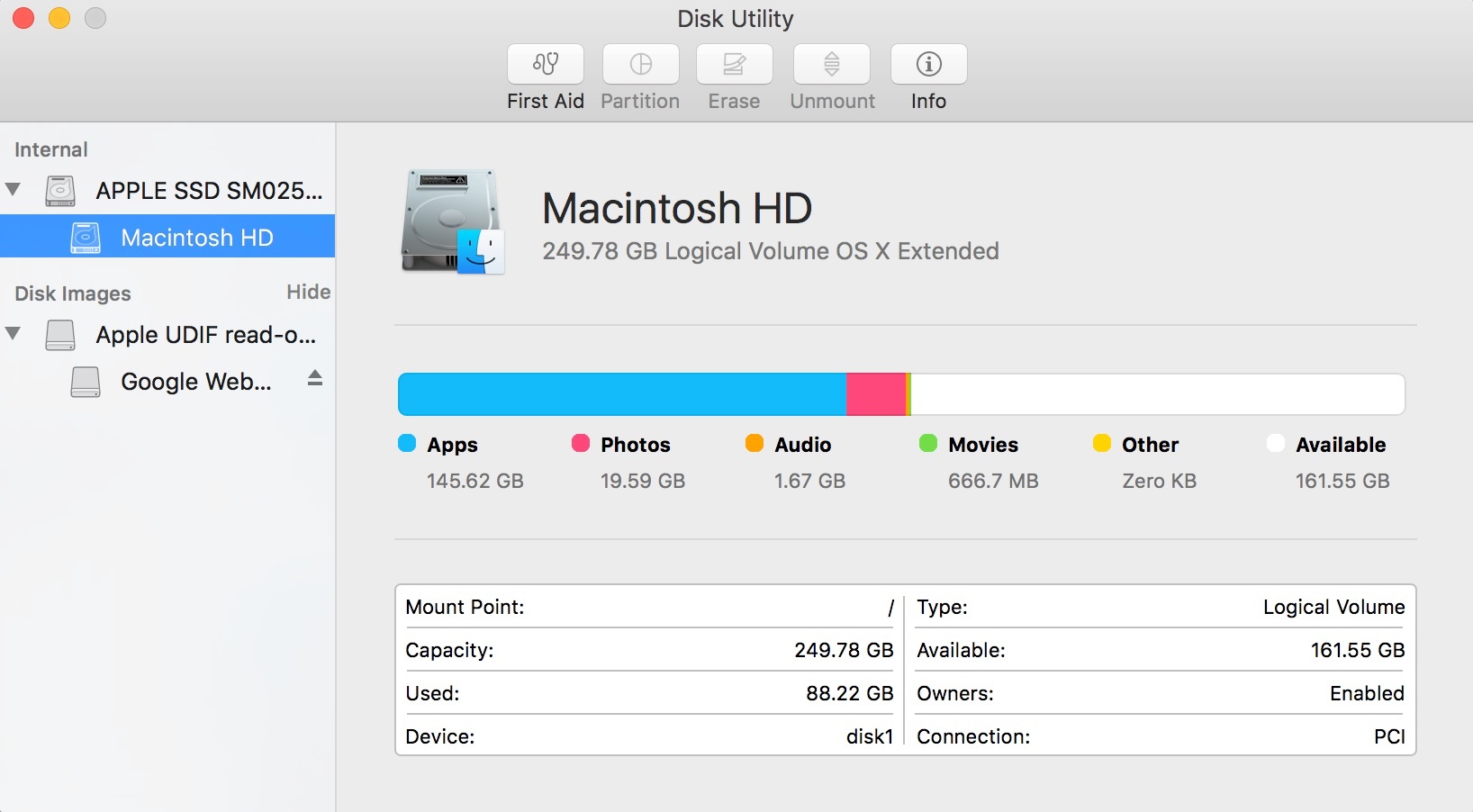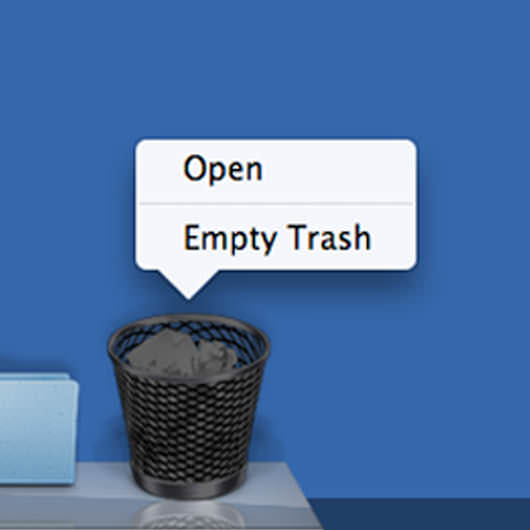

- #OPTIMIZE MY MAC PERFORMANCE HOW TO#
- #OPTIMIZE MY MAC PERFORMANCE UPDATE#
- #OPTIMIZE MY MAC PERFORMANCE SOFTWARE#
How to improve Mac performance: OS X Mavericks edition. 
OS X Mavericks tips: Control the information you share with apps
Quick guide: OS X Mavericks for Windows switchers. OS X Mavericks: Fixing wireless keyboard/mouse connections. Troubleshooting tips for Apple Mail on OS X Mavericks. I'll take a look at several Mavericks-specific ones later on, for example, it may be worth reducing the number of automatic Notifications you receive. There's numerous additional steps you can take to improve your Mavericks Mac performance. Being unable to create these files will degrade system performance. Increase memory: put more RAM in your Macįree your memory: Use the award-winning Memory Clean app (free) to free up your existing RAM.Ĭheck for space: OS X likes to create temporary files on the drive in normal use but in order to do so it requires you keep at least 10% of existing drive space free. There are several standard steps that generally improve Mac performance. If things still seem slow, launch Console and Activity Monitor (both available in Utilities).Īctivity Monitor will show you those apps using the most memory (usual culprits are Mail and Safari).Ĭonsole offers a more complex series of system events.īetween the two you should be able to figure out if one of your applications isn't running efficiently - watch for apps leaving inordinate numbers of messages in Console, or those that quickly use large amounts of Memory in Activity Monitor. Number Three: Console and Activity Monitor Allow the process to complete and you should see immediate performance improvement. If indexing is in progress you should see a dot in the middle of the looking glass icon and/or be told the operation is taking place. 
The process takes time and degrades performance while it takes place.Ĭlick on the Spotlight (looking glass) icon to the top right of the display to see if indexing is taking place. OS X will rebuild the Spotlight index after a major System upgrade. While in this mode, run Disk Utility to Verify and Repair your Disk and Disk Permissions. Restart your Mac while depressing the Command-R key. Now you've updated your system and its apps, please take the following steps: It doesn't take a rocket scientist to run a healthy Mac. It makes sense to avoid using incompatible applications until they are upgraded for the OS. One quick way to find out if your apps are Mavericks-compatible is to take a look at the Roaringapps Application Compatibility list. This means it is possible a rogue third-party app is eating system performance. Not every application on your system will come from the App Store. You should also apply all App updates available via the Mac App Store.
You should do this to ensure all your Apple software is now running the latest edition.
Run Software Update after you've installed Mavericks.







 0 kommentar(er)
0 kommentar(er)
